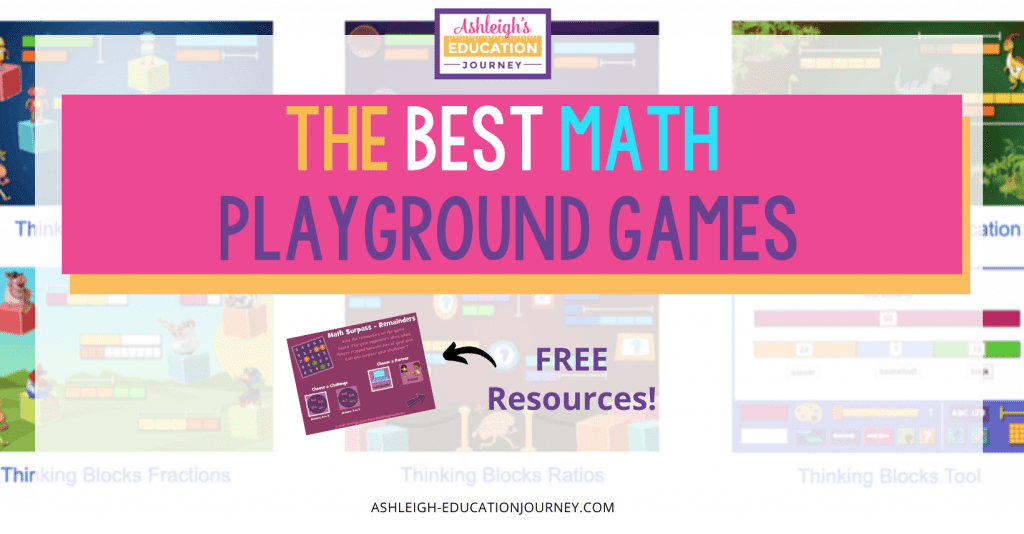
Have you ever stumbled upon a website and wondered why you’ve never used it before? That’s how I was with Math Playground. It was love at first click.
I am very picky when it comes to websites and math games. I am not looking for more skills practice with low level computation and little to no reasoning involved. Instead, I look for games that encourage problem solving, mathematical modeling, and application of concepts. I found that when I discovered Math Playground. There is a lot of sort through, so I’ve shared my favorite games here.
Thinking Blocks
Let’s start with my favorite-Thinking Blocks. This helps you teach word problems visually. All word problem types, such as part-part-whole, comparison, joining, separating, multiplication and division, can be expressed through thinking blocks (also known as bar models or tape diagrams). This can be used for all grade levels.
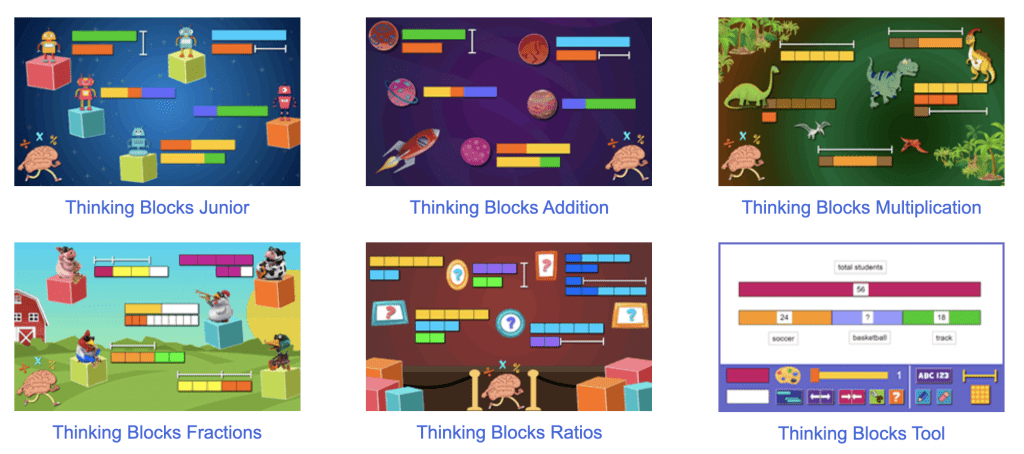
My personal favorite is the multiplication version, which is broken into multiple parts.
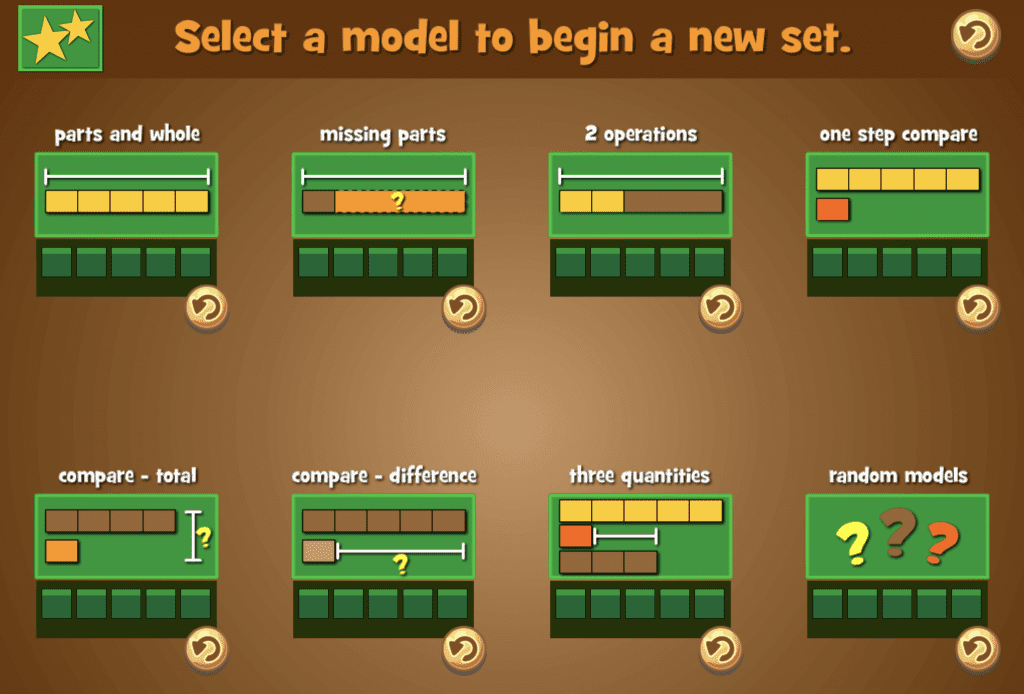
When introducing Thinking Blocks, I like to start with equal parts. In the first part, students drag the labels and blocks to the correct position. At this time there are no numbers to enter or to choose from, so students cannot solely focus on computation.
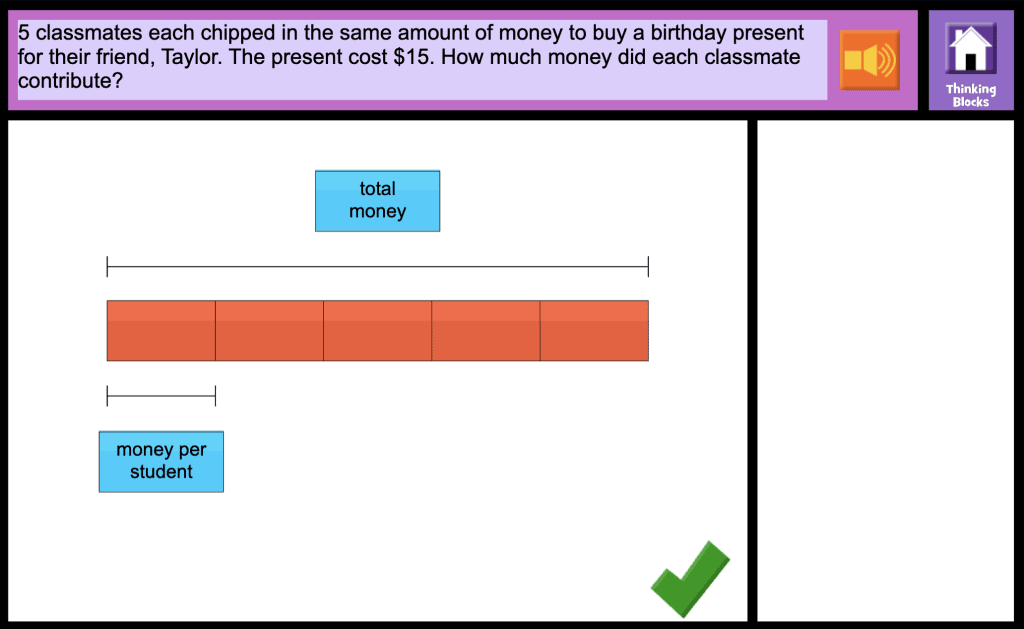
Once students position the blocks and labels correctly, then they can focus on what to do with the numbers.
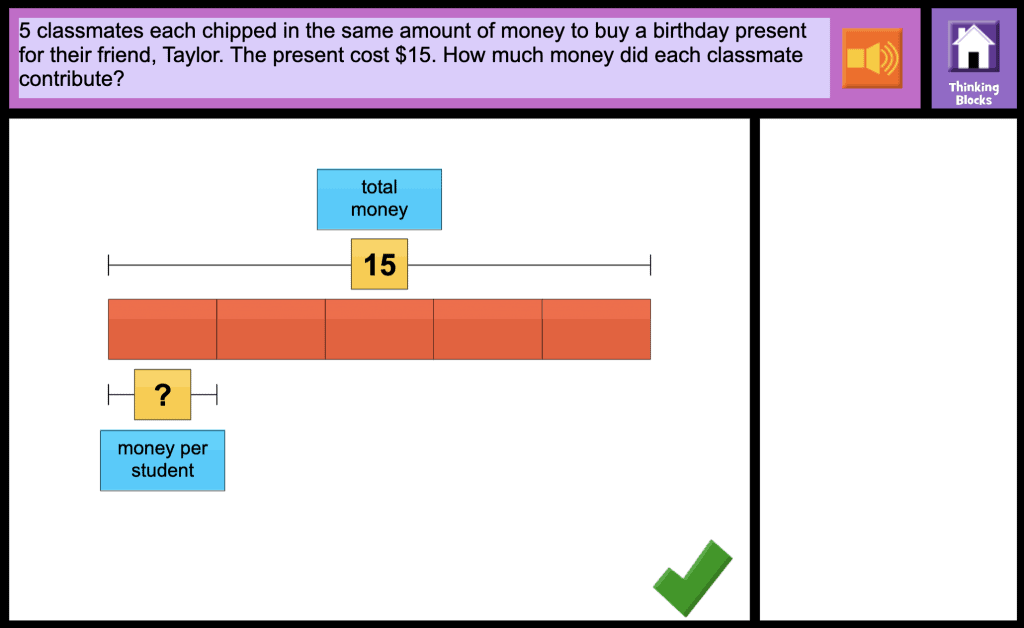
Venn Puzzles 2: Free
This Venn Puzzle is an amazing way to allow students to problem solving with factors and multiples. There are three levels of difficulty that you can choose from, which makes differentiation much easier.
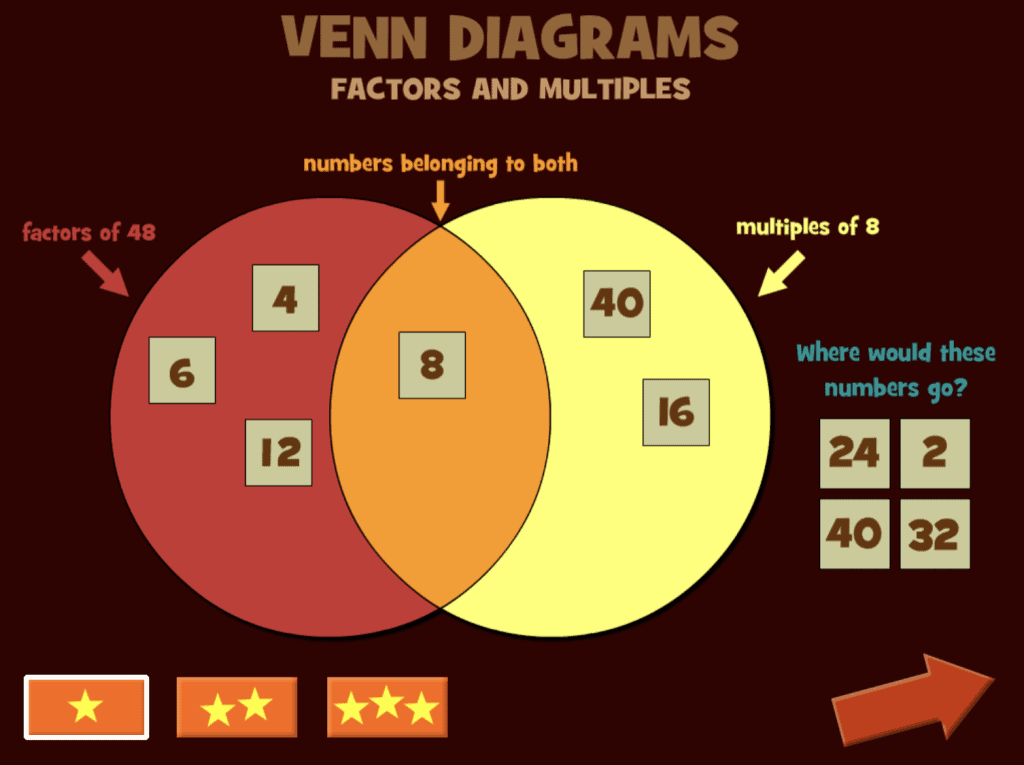
All Aboard Multiplication: Free
Fourth grade has a strong focus on teaching multiplication as a comparison, so I love this activity for fourth grade. Students use comparison statements to color code all of the factor bots.
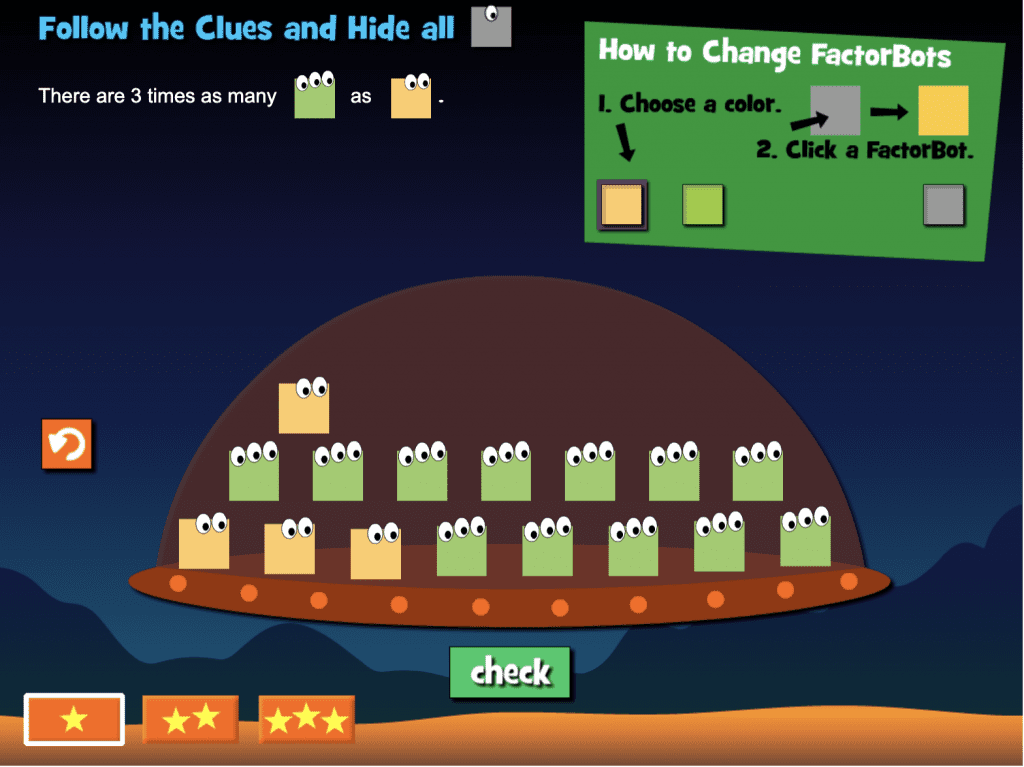
Math Surpass
In the Math Surpass activity, there are a lot of options.

I personally enjoy the Remainder version, but they’re all great! In each version, you can select the level of difficulty, as well as whether or not students play against the computer or a friend.
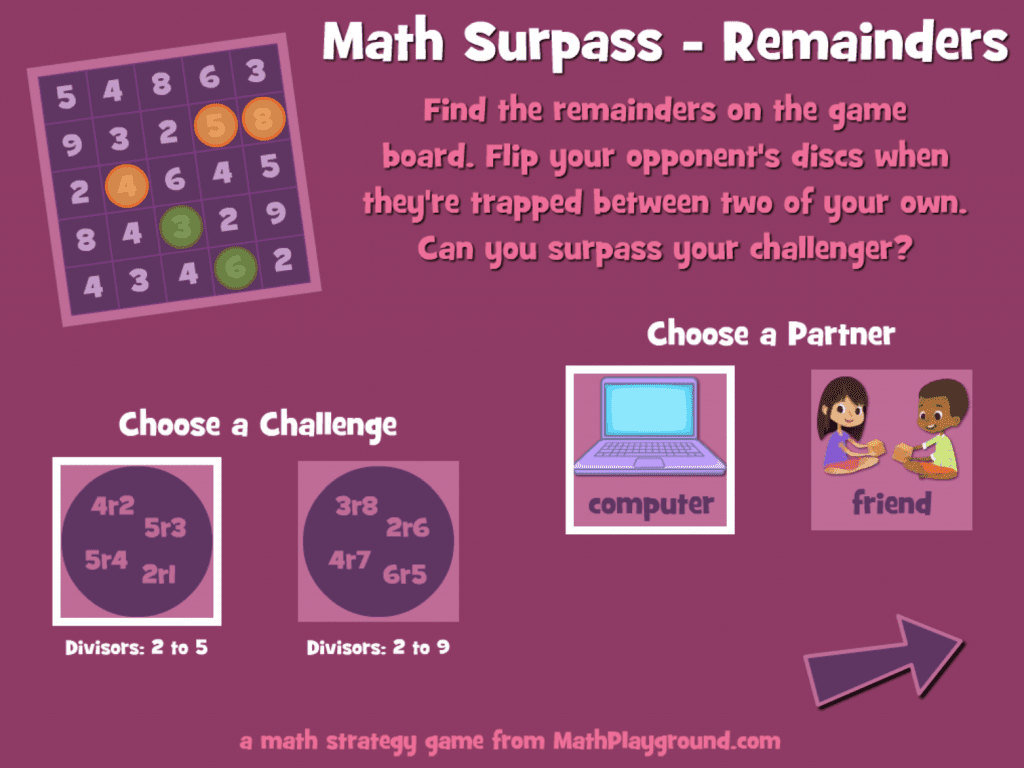
The goal is for students to claim as much of the game board as possible, which is where the strategy comes in to play.
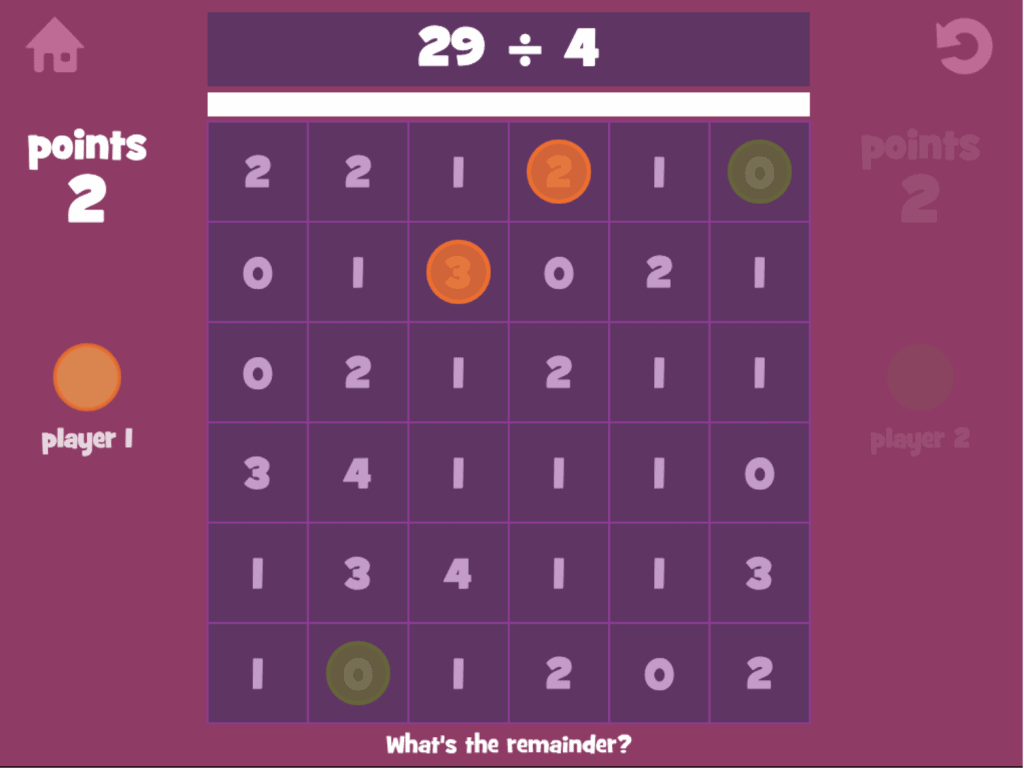
Candy Challenge: Free
Candy Challenge is a great way to challenge students with algebraic reasoning. Students use mathematical reasoning to find the price of each individual candy. It starts fairly easy. In the example below, students would select the 0.02 jar.
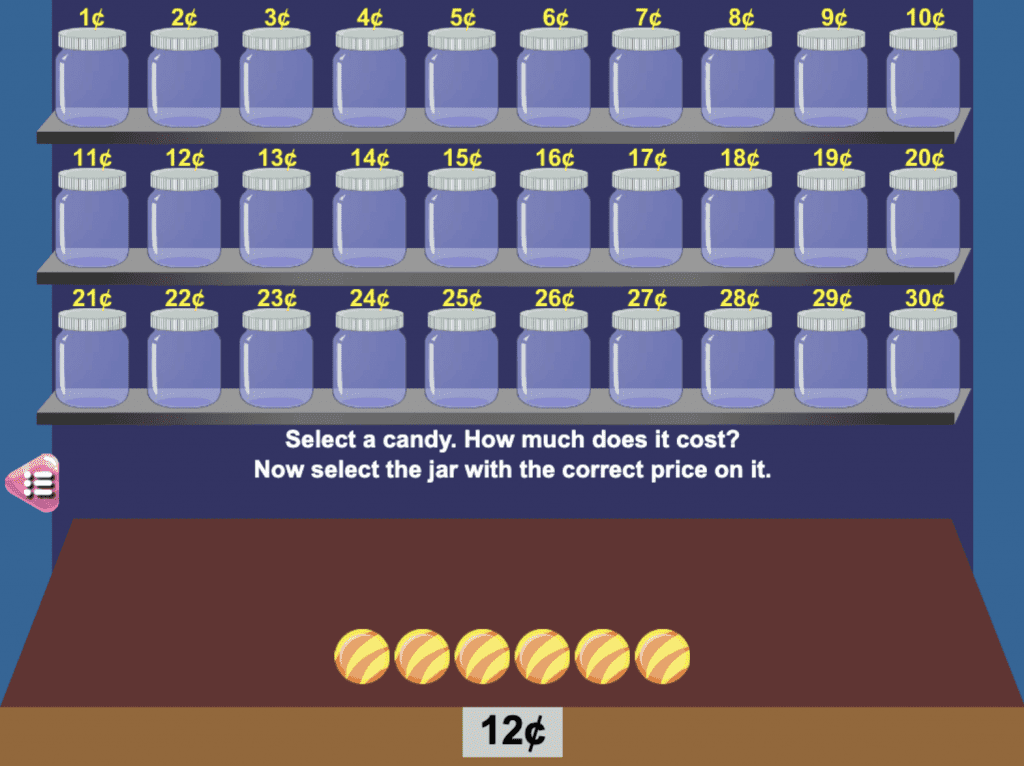
It quickly becomes more challenging and includes two step problems.
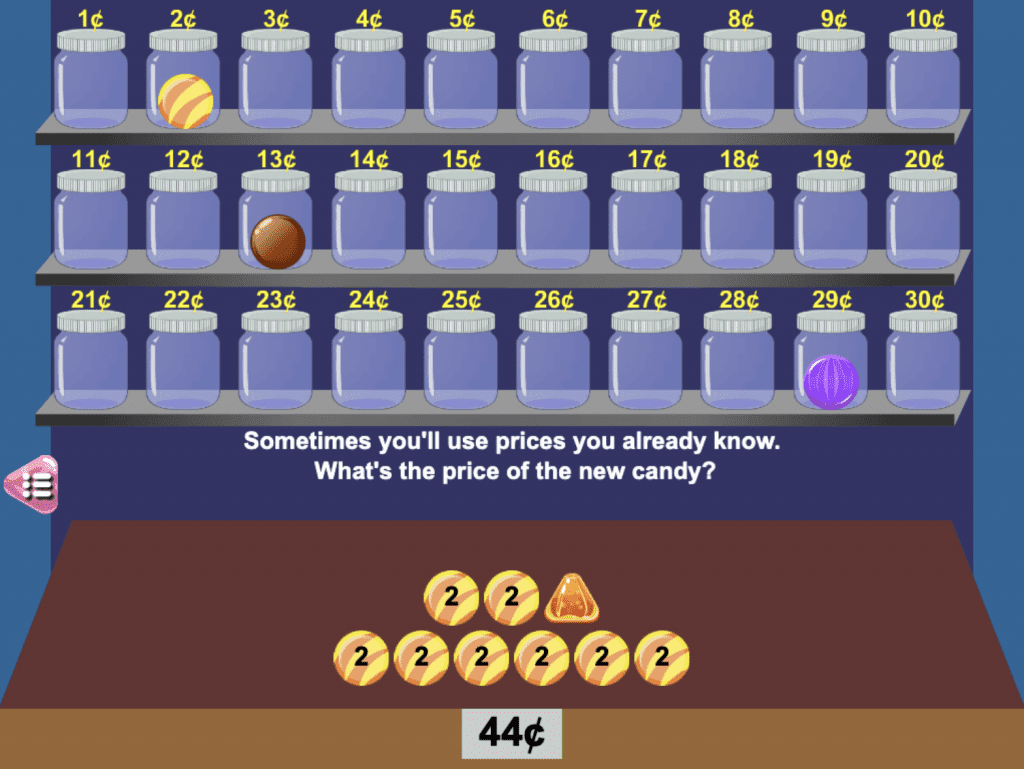
Visual Division: Free
Visual Division is a great way to help students see division. You can choose the size of your dividend. In the easiest set, the dividends range through 99, and you chose whether or not you want remainders.
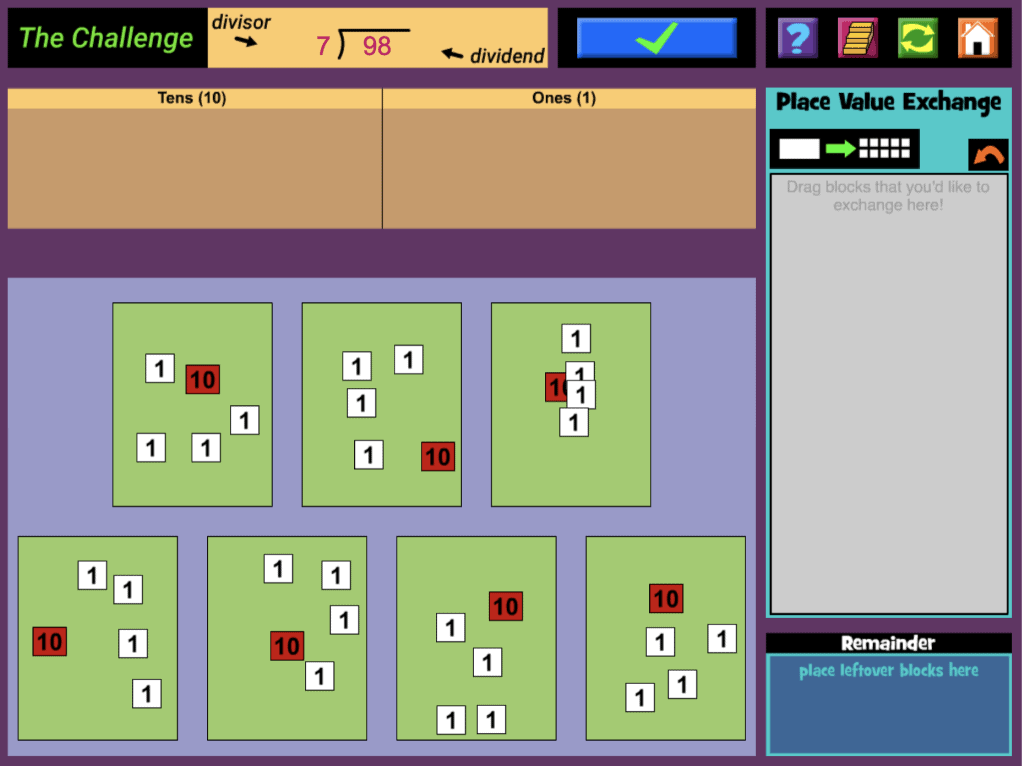
This can also be done with larger numbers. I wouldn’t recommend lots of this activity, because students will tire of dragging the numbers, but it is a valuable visual.
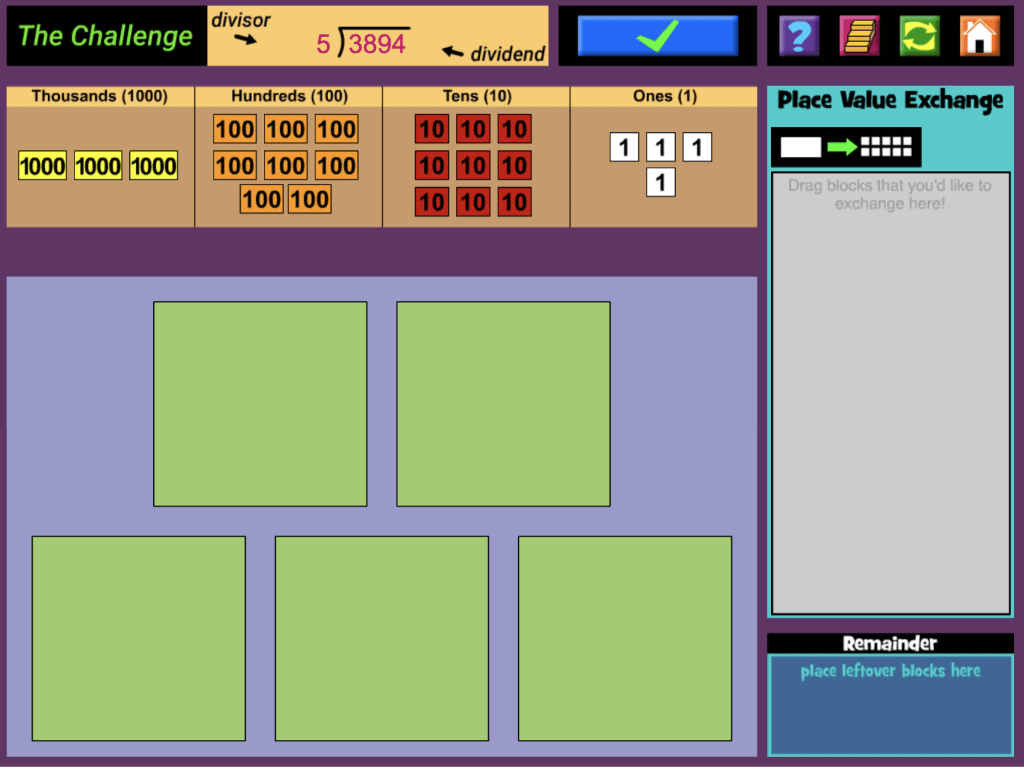
Mach Ten Multiples: Paid
In Mach Ten Multiples students steer their spaceship toward the correct multiples. This is a little hard for non-gamers like me, because I’m the worst navigator ever! However, students love it!
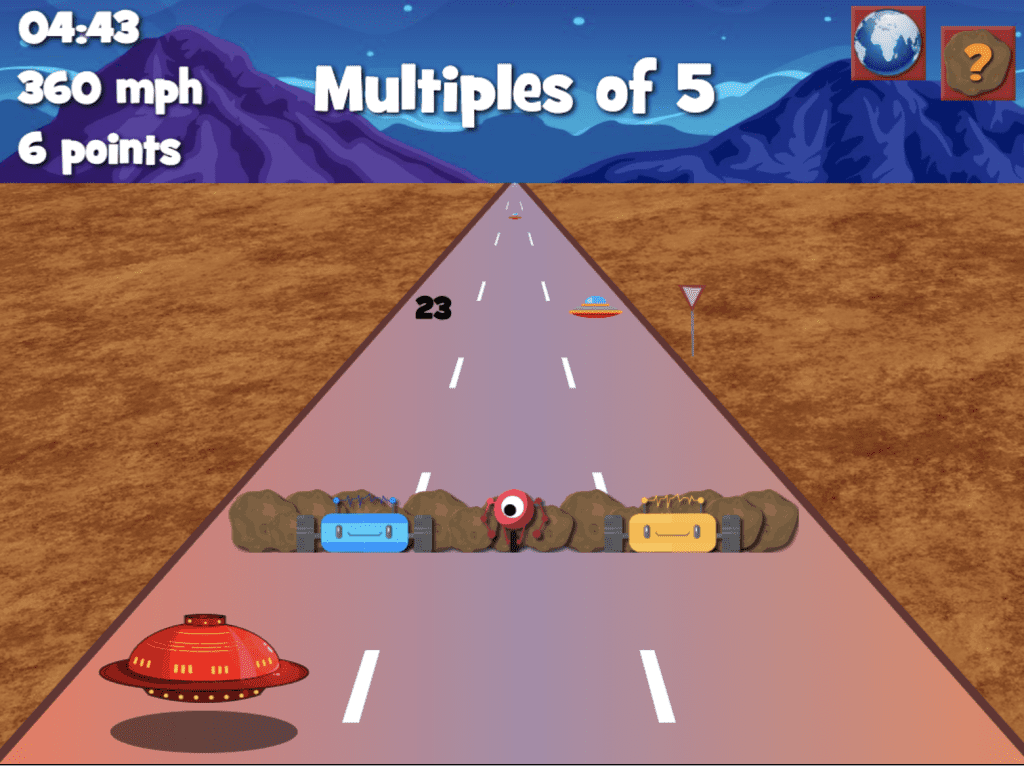
It’s also a great way to help students quickly reason about multiples of single digit numbers.



love it